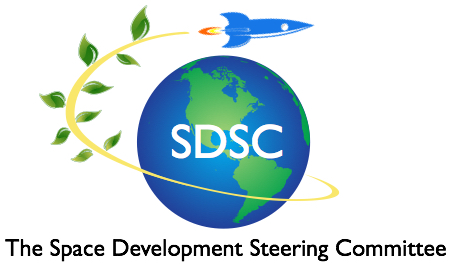The Chinese are racing us to be first to put a permanent village on the moon. We are way, way ahead in technology. But the Chinese could easily pass us. Why? Greed. The greed of the SMIC, the Space Military Industrial Complex. And the complicity of NASA.
The Trump administration wants America to get to the moon, to get there to stay, and to get there fast. There is a good way to achieve this and a bad way. The good way?
At SpaceX’s plant in Hawthorne, California, a short distance from the airport of Los Angeles, Elon Musk is developing the SpaceX Starship, a space cruise ship that will be big enough to carry up to 100 passengers, their food, and their luggage. Or to carry almost all the components for a space village. In one launch. A liner that will go directly to the Moon, land on its surface, disgorge a dozen astronauts, then bring that dozen back to earth. A liner that may be able to do this in as little as six years. At a total development cost of roughly five billion dollars. And at roughly $62 million per launch.
Then there’s the bad way. On February 14 NASA announced its long-awaited plan to return humans to the lunar surface. NASA made a Broad Agency Announcement detailing its plan and requesting proposals for phase A studies. Proposals are due March 25, with awardee selections in May and contract awards in July.
The bottom line on the new program? The Space Military Industrial Complex (SMIC) has conned NASA into a program that guarantees we will not make it to the surface of the Moon until the 2030s or 2040s. Why? The SMIC and its collaborators at NASA have devised a cash cow that will siphon roughly $36 billion dollars from NASA’s budget, will be useless, and will keep us from ever setting foot on the moon. It’s called the Lunar Gateway. Lockheed Martin and Boeing are among the Darth Vaders behind it. It’s a mini-space station parked in orbit around the moon.
To accommodate the failings of the Gateway, NASA’s new program is like a snare designed by the Chinese to stop us in our tracks. Here’s how it works. First, we will send a Space Launch System rocket to the Lunar Gateway carrying an Orion capsule with four humans. NASA’s new request for proposals—the one called a Broad Agency Agreement–offers money to private space companies willing to build three further elements:
· A transfer vehicle that will carry humans or cargo from the Gateway to low lunar orbit.
· A lunar descent module that will carry humans or cargo to the lunar surface, then be abandoned.
· And a third vehicle, a lunar ascent stage that will carry humans back to the Lunar Gateway so they can use an Orion capsule to return to earth.
There are several problems with this intricate system. It will cost between one billion and two billion dollars for each use of the Space Launch System rocket. The Deep Space Gateway will swallow three billion dollars a year, so much money that only whispers of cash will be available to develop the three vehicles it will take to get four humans, their duffle bags, and their habitats down to the lunar surface. And there is no money provided to design and build the ascent module. In other words, your trip to the moon will be strictly one way. You won’t be able to come back home.
Optimists point out that NASA is asking private companies like Jeff Bezos’ Blue Origin to bid on the development of the new proposed lunar spacecraft. But, in fact, NASA’S programs for private industry are not designed to get us to the moon. They are designed to bribe private companies into supporting the Lunar Gateway.
Why the Gateway? Because the Space Launch System rocket, a rocket designed by congress to produce jobs, can’t land. Nor can the crew-carrying Orion capsule that the SLS will launch. So the SMIC—the Space Military Industrial Complex–needs a destination in space. Its solution? Build one. Hence the Gateway. But a recent analysis by Eric Berger of Ars Technica said that NASA’s Space Launch System and its Orion capsule have cost us $46 billion so far and will hit $50 billion in a little over a year. For that $50 billion, we could have sped the development of Musk’s Starship and bought 806 Starship launches, enough to have regularly scheduled weekly moon landings and returns for more than fifteen years. Or we could have bought 556 launches of SpaceX’s Falcon Heavy with massive payloads aimed at the moon. The Falcon Heavy is ready to fly now. In fact, it was ready to fly a year ago.
Yes, there is a good way to get to the moon to stay and a bad way. Which makes the most sense to you?
